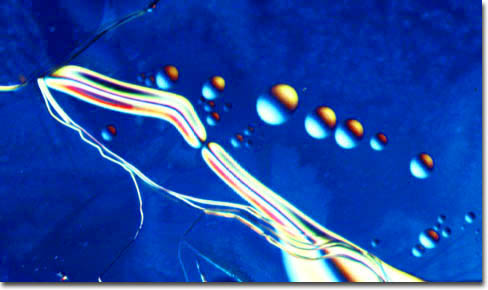|
The lustrous yellow metal known as gold has been a favorite of humans throughout history. Relatively soft and extremely malleable, numerous examples of ornate gold objects produced by a variety of ancient civilizations have withstood the test of time and can be viewed in virtually flawless condition today. However, gold has not only been utilized to fabricate decorative objects and jewelry. The eye-catching metal has long been a form of universal currency and is accepted by all governments around the globe as a form of international recompense, even though the gold standard is no longer enforced. In nature, gold often occurs with other metals in alloys. The carat system frequently utilized commercially to describe gold is an indication of the amount of the precious metal contained in an alloy, one carat equaling 1/24 part of the substance’ s total weight. Thus, 24-carat gold is pure, but an 18-carat alloy is only comprised of 75 percent gold.
|
